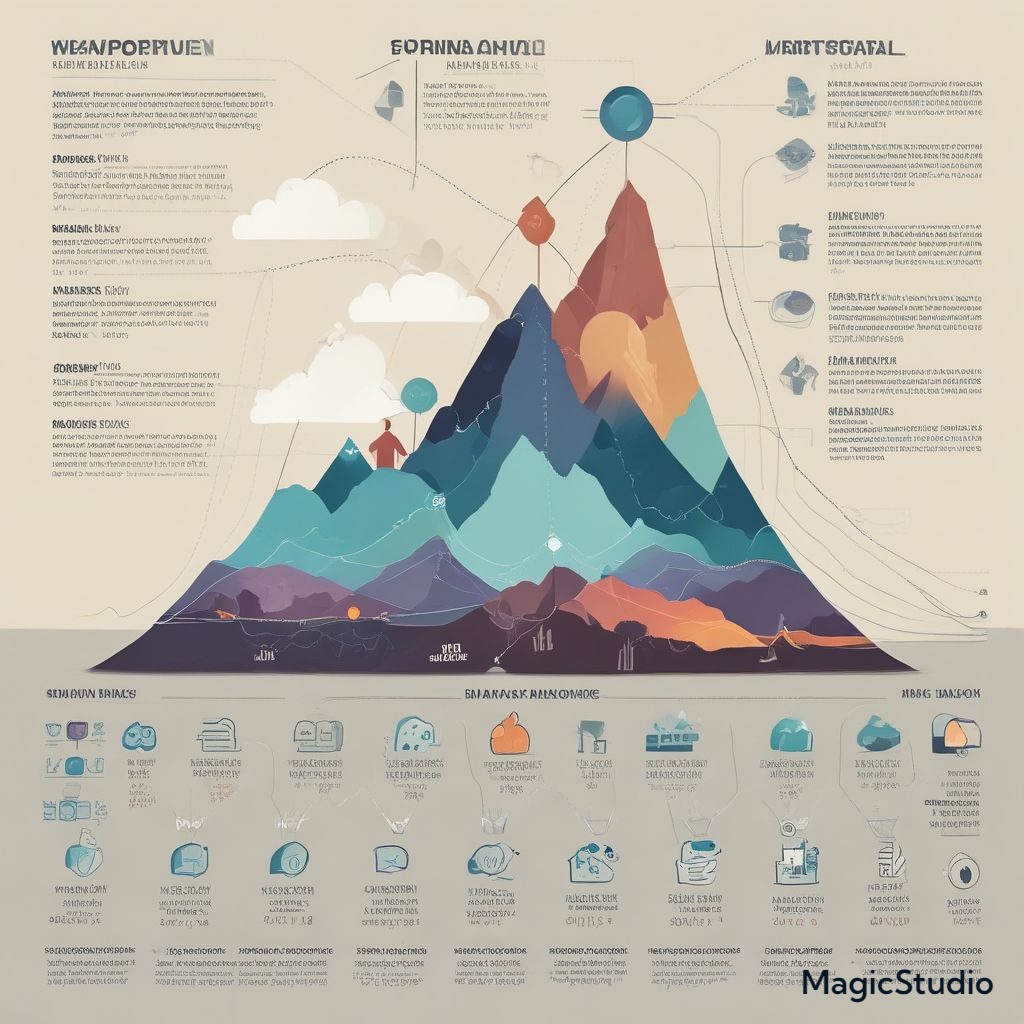In the world of investing, one adage rings true: “Don’t put all your eggs in one basket.” This age-old wisdom underscores the importance of diversification—an essential strategy for managing risk and maximizing returns in your investment portfolio. In this blog, we’ll explore the myriad benefits of diversification and how it can help you achieve your financial goals.
What is Diversification?
Diversification involves spreading your investments across various asset classes, sectors, and geographical locations to reduce risk. Instead of investing heavily in a single stock, bond, or real estate property, diversification encourages a more balanced approach by allocating funds across different investments.
Why is Diversification Important?
1. Risk Reduction
One of the primary benefits of diversification is its ability to mitigate risk. When you invest in a variety of assets, the poor performance of one investment can be offset by the gains in others. This reduces the impact of volatility on your overall portfolio.
- Example: If you hold shares in a technology company that experiences a downturn, but you also own bonds and real estate, the losses from the tech stock may be compensated by stable or rising values in your other investments.
2. Enhanced Returns
Diversification can also lead to better overall returns. By investing in various asset classes, you increase your chances of capturing growth from different market segments. This strategic allocation can enhance your portfolio’s performance over time.
- Example: A well-diversified portfolio might include equities from various sectors (technology, healthcare, consumer goods) alongside fixed income and international assets. This allows you to benefit from different growth cycles in the market.
3. Market Fluctuation Mitigation
Markets are inherently unpredictable. Economic factors, interest rates, and geopolitical events can all cause market fluctuations. A diversified portfolio is better equipped to withstand these fluctuations because different asset classes react differently to various market conditions.
- Example: During economic downturns, defensive stocks (like utilities) might perform better than growth stocks (like technology), thus providing a cushion to your overall portfolio.
4. Increased Flexibility
Diversification offers increased flexibility in your investment strategy. With a mix of asset classes, you can adapt more easily to changing market conditions. If one sector is underperforming, you can shift your focus to another area that may offer better opportunities.
- Example: If you notice that the real estate market is showing signs of strength while stocks are volatile, you might choose to allocate more funds to real estate investment trusts (REITs) or real estate properties.
5. Improved Emotional Resilience
Investing can be an emotional rollercoaster, especially during market downturns. A diversified portfolio can provide peace of mind, knowing that not all your investments are correlated. This emotional resilience can prevent you from making rash decisions based on short-term market movements.
- Example: Knowing that you have a mix of investments can help you avoid panic selling when a specific asset class is performing poorly.
How to Diversify Your Investment Portfolio
1. Asset Allocation
Decide on the percentage of your portfolio to allocate to different asset classes (stocks, bonds, real estate, etc.) based on your risk tolerance and investment goals. Younger investors may opt for a more aggressive allocation toward equities, while those closer to retirement may prefer more conservative fixed-income investments.
2. Sector Diversification
Invest within various sectors of the economy to further reduce risk. Ensure your portfolio includes industries such as technology, healthcare, consumer goods, and utilities.
3. Geographical Diversification
Consider investing in international markets as well. This allows you to benefit from global growth opportunities while reducing reliance on the domestic economy.
4. Investment Vehicles
Utilize a variety of investment vehicles, such as mutual funds, exchange-traded funds (ETFs), and individual stocks or bonds, to create a well-rounded portfolio. Funds often provide instant diversification since they invest in multiple securities.
